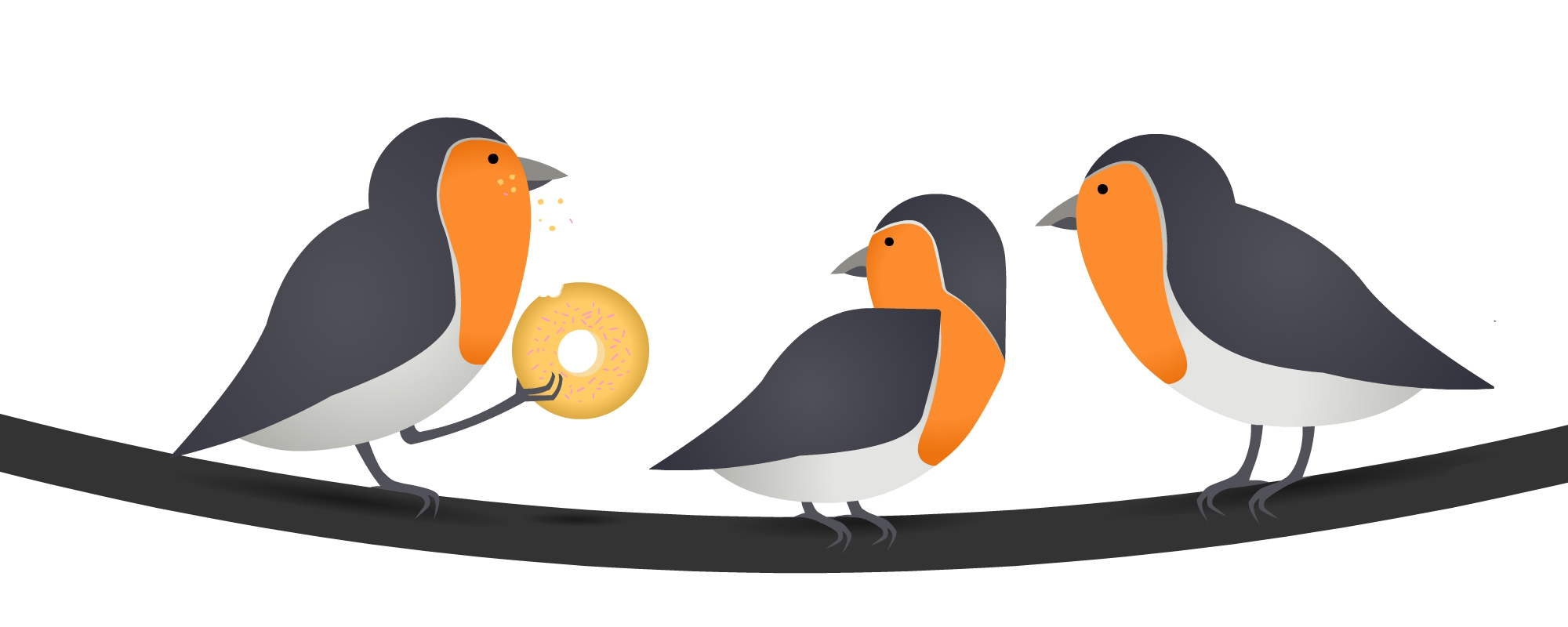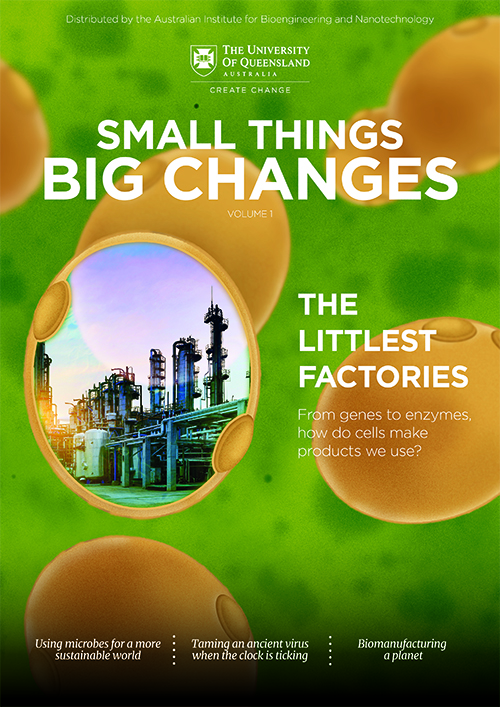
Using an E coli bacteria cell factory to produce the required proteins enables the quick and cheap production of a bird flu vaccine.
Influenza in birds represents a significant biosecurity risk for a human pandemic, as well as a major risk for poultry industries. Forms of avian influenza, such as H5N1 and H7N9, can spread rapidly in poultry flocks and some strains already have the capacity to infect humans. For example, hundreds of cases of H5N1 in humans have occurred from close contact with infected birds, with a fatality rate of 60%.
“Vaccination in poultry can reduce the spread of influenza within poultry populations,” says Professor Linda Lua. “This can protect the poultry industry in Australia during an outbreak.”
She explains that one problem is that current influenza vaccines are not easy to make quickly. To address this, Lua and her colleagues designed a ‘capsomere’ platform.
A protein called haemagglutinin usually sits on the surface of influenza viruses, and this can vary quite a lot between strains. Lua and her colleagues took part of this protein from an avian influenza virus and attached it to a specially designed protein called VP1. When five of these VP1 proteins link together in a ring, they form a ‘capsomere’.
The resulting donut-shaped capsomere is non-infectious, but because it displays parts of the virus protein, it trains the bird’s immune system to fight a real influenza infection. Recent tests of the avian influenza capsomere vaccine show that it prevents the illness in poultry.
The way the capsomere vaccines are produced provide another advantage. Currently influenza vaccines take six to nine months to be manufactured in large enough volumes. Such lag times make it precariously difficult to respond to an outbreak.
Moreover, vaccines are normally grown in embryonated chicken eggs. While this growth process is slow, it works well for a number of other diseases. However, avian influenza doesn’t just harm birds, it harms the embryos inside the eggs as well, making this form of vaccine production problematic.
By contrast, the capsomere production method uses bacteria to make the protein components, enabling high volumes to be made.
“We use an E. coli bacteria cell factory to produce the proteins that self-assemble into capsomeres inside the bacteria, and extract the proteins,” said Lua.
It’s an efficient and powerful approach for mass-manufacture, and the resulting vaccine is potentially less than 10 cents per dose.
But the major advantage of the capsomere platform is its speed. The capsomeres can be quickly tailored to match circulating viruses, then large volumes of the new vaccine can be produced within weeks, enabling swift vaccination responses to prevent an outbreak. By preventing avian influenza from circulating within bird populations, this would also substantially lower the risk of the emergence of pandemic avian influenza in humans.

